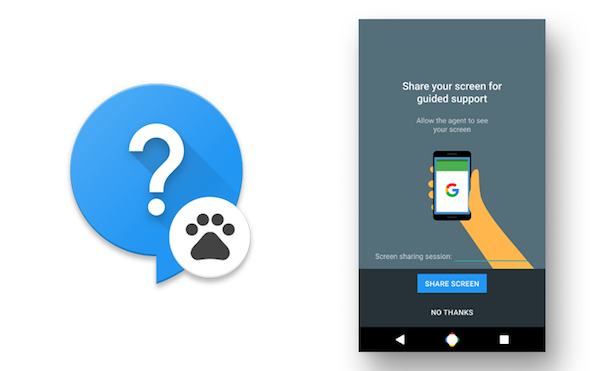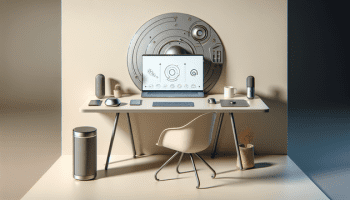
Last week, Google released the second Developer Preview of Android N. At first glance, the update does not seem to bring much to the table, but looking closely at the change log, one can see that Google is adding 3D Touch-like support to Android.
In its official change log, Google does not explicitly mention anything about 3D Touch. It does, however, talk about launcher shortcuts and its APIs, though it has not explicitly included a demo of the feature in Android N Developer Preview 2. Nonetheless, thanks to the team over at Phandroid and Nova launcher developer Kevin Barry, we now have our first look at how 3D Touch will work on Android.
As Google puts it in its change log, the new launcher shortcuts allow apps to create up to five dynamic shortcuts that users can access through a gesture. These shortcuts can be used to jump directly into a specific part of an application, so for example, you can directly jump to the tweet compose screen in the official Twitter client for Android using a simple gesture. Sounds eerily similar to how 3D Touch works on the iPhone, right? Well, that’s because it is Google’s take on 3D Touch.
Despite the introduction of 3D Touch, Android will continue to recognise long press as a different press on the screen, as the video above shows.
Even though Android does not natively support 3D Touch, we have already seen Chinese OEMs like Huawei and Meizu release smartphones with 3D Touch-like features. However, since the OS lacks support for the feature, OEMs have only been able to take advantage of the feature in their own apps, which greatly limits its usability.
Google has also confirmed to Mashable that it is indeed adding support for pressure sensitive displays to Android with Android N. Once Google adds support for pressure sensitive displays in the OS, developers will be able to use the APIs provided by the company to create apps that better take advantage of this feature.
[Via Phandroid]















